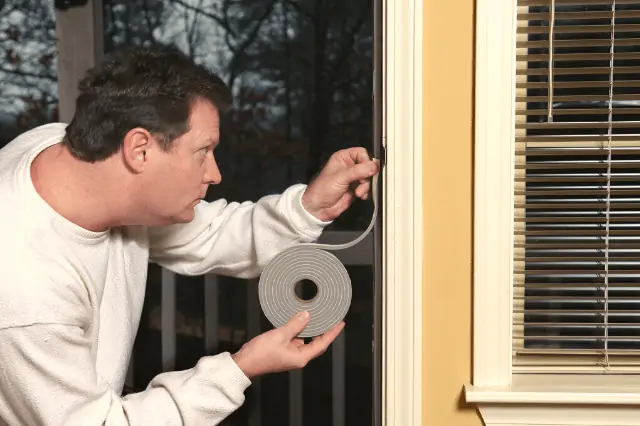Garages are versatile spaces that many use for more than storage. For example, if you need a jamming space or recording studio, you’re probably wondering how to soundproof a garage for cheap.
Luckily, a garage is usually easier to soundproof than other rooms in the house because it’s a blank slate.
In this guide, I’ll cover cheap ways to soundproof a garage so you can start using it for more than just storing Christmas decorations!
Why Soundproof a Garage?
Due to the space a garage can offer, there are plenty of reasons why you might want to soundproof it. For example, many people use their garages as:
- Band jam room
- Recording studio
- Home theater
- Home office
- Workshop
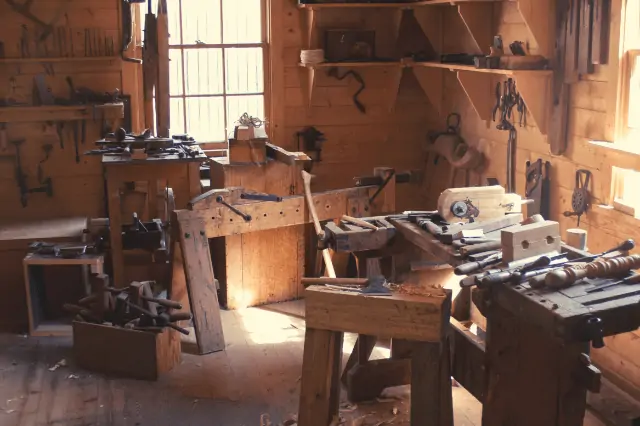
Of course, there are plenty of other reasons why you might want to soundproof a garage. But, the important thing is that, one way or another, you want to make it a quieter space.
To determine the best way forward, you first need to decide on the space’s purpose. This’ll help you know whether you’re blocking noise from entering or leaving the space.
Is Noise Coming In or Out?
It’s important to know this because it impacts which solutions are most effective. For example, if you’re soundproofing your garage for drums, you want to stop noise from leaving the space.
This means identifying the source of the noise and the path it uses to travel, such as through the walls, ceiling, ductwork, etc.
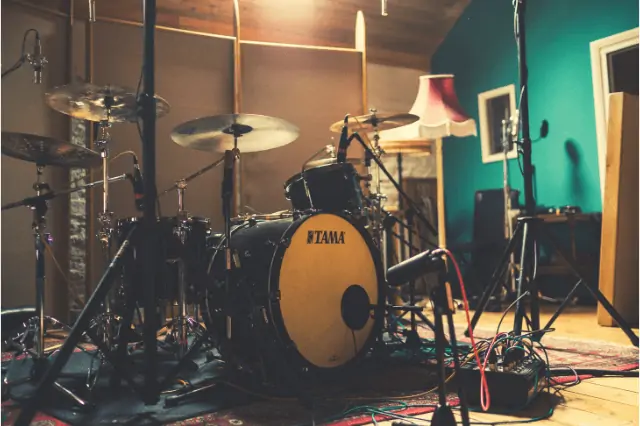
But, if your garage is going to be a home office, you want to stop noise from entering. In this situation, the nature of noise and its travel path might be different.
It’s not worth going through every possible scenario. Instead, decide whether you need it to be quiet inside or outside the garage. This is the easiest way to know which solutions will be best.
I’ll be sure to mention this for each solution below.
Are You Blocking Impact or Airborne Noise?
Another important factor when deciding how to soundproof a garage for cheap is what kind of noise you’re blocking.
We can break noise pollution down into 2 broad categories.
Impact Noise
Impact noise comes from the physical interaction between an object and structure. This creates vibrations that travel through the structure and exit the other side as sound waves.
Common examples include:
- Footsteps on a floor
- Furniture being moved
- DIY sounds e.g. hammering a nail into a wall
Impact noises can be more difficult to block because they require more structural changes than airborne noises.
Airborne Noise
Airborne noise is the more common type of noise pollution and is often easier to block. It refers to sound waves that travel through the air from the source.
Common examples include:
- People talking
- Dogs barking
- TV or music
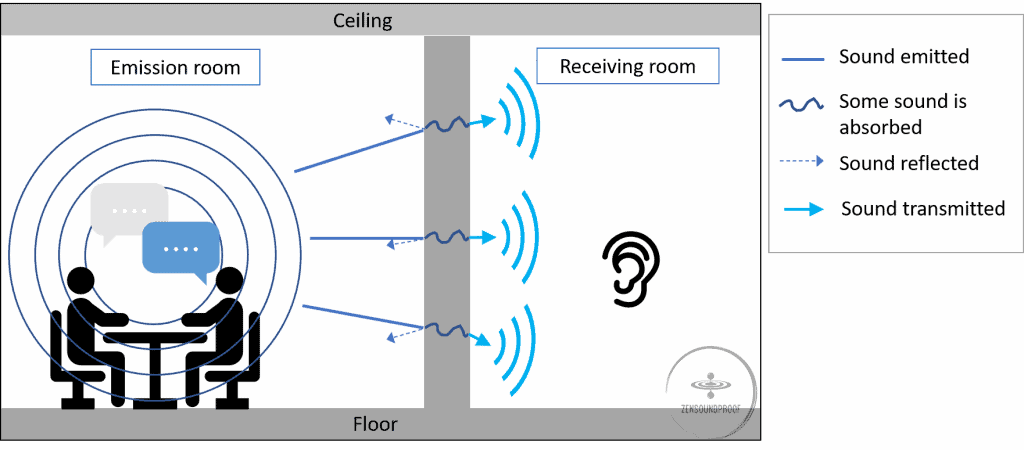
Airborne sounds also transmit through structures but come out muffled the other side. This is because some of the sound waves are reflected before transmission but also because they lose energy passing through the structure.
STC or NRC?
The final thing we need to consider when using dedicated soundproofing products is STC and NRC ratings. These are measurements of a material’s noise-reducing capabilities, but they mean different things.
STC
This stands for Sound Transmission Class. It’s obtained through standard testing provided by ASTM. STC refers to how much airborne sound an assembly can block.
STC is often used to advertise sound-blocking materials that we’d typically fix to a wall, such as drywall, mass loaded vinyl, and so on.
While not perfect, this rating gives a good idea for assessing how much airborne sound a material can block. I’ve included a helpful STC chart in my article about soundproofing ceilings, so check that out for more information.
To prevent sound from entering or leaving the garage, you’d need materials with high STC ratings.
NRC
NRC stands for Noise Reduction Coefficient. It refers to how much sound a material absorbs. It ranges from 0 (no absorption) to 1 (100% absorption).
Materials with an NRC rating are things we’d put inside the room to improve acoustics, such as reducing reverberation and echo. On its own, this won’t help to soundproof a space but is important for better quality acoustics.
To reduce the level of noise pollution leaving a garage, you’d want to include materials with a high NRC rating. It will not prevent sound exiting from your garage but sound will be perceived as muffled.
Imagine yourself shouting in an empty closet. Now, imagine yourself shouting when the closet is filled with clothes. The shouting is still perceived from outside but will appear more attenuated.
Consider watching this video on the difference between STC and NRC ratings.
How Much Does it Cost to Soundproof your Garage?
To soundproof a garage, it could cost up to $500 for inexpensive, basic materials. This includes acoustic panels, carpet, curtains, etc. If you want to use dedicated soundproofing materials, you could pay several thousand dollars.
Of course, the exact cost will depend on the size of your garage.
Be sure to measure your space first and do some cost analysis before deciding on the materials to use.
How to Soundproof a Garage for Cheap
So, now we have a better understanding of the kinds of noise pollution we need to block, it’s time to look at some solutions.
I’ve broken them down into the different areas of the garage to make things easier.
How to Soundproof your Garage’s Walls
The walls will be the largest area that requires attention, so they’re the logical place to start.
1. Seal Gaps
The best place to start with any soundproofing project is to seal gaps in the existing structure. Sound acts much like heat in this respect: even the smallest gap can be an effective transmission pathway.
Use a soundproofing sealant like Green Glue and work your way around the garage, filling in any small gaps. Pay attention to door frames and windows.
Also, consider fitting weather stripping around doors and windows and a seal on the bottom of the door. These are effective for reducing gaps that sound waves can travel through.
2. Hang Heavy Blankets
Heavy blankets (such as moving or industrial blankets) help to deaden sound waves before they reach the structure. This option is most effective for airborne sounds.
Most industrial blankets come with grommets, which makes them easier to hang. The only thing you’ll need to do is install hooks along the garage walls. Effective sound blankets provide both NRC and STC, meaning they help in improving the acoustics of the room while also blocking sounds.
I’ve written an article on the best soundproof blankets, so check that out for more information.
3. Resilient Channels and Isolation Clips
This is one of the more expensive options on this list but is cheaper than covering the walls in mass loaded vinyl. Resilient channels and isolation clips simulate wall decoupling. It’s effective for removing the transmission pathway of impact and airborne sounds.
Resilient channels fit directly to the wall and you then attach the isolation clips to these. Finally, you need to fix a layer of drywall to the isolation clips.
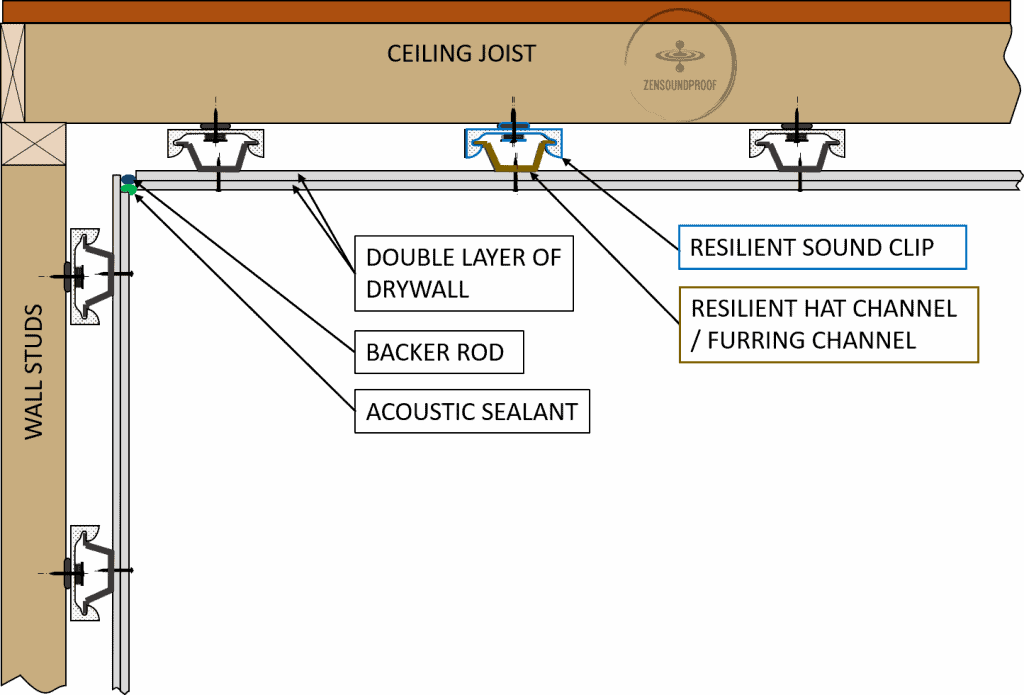
At the junction between the wall’s and the ceiling’s drywalls, leave a gap to maximize the decoupling. Don’t forget to fill this gap with some backer rod and acoustic sealant.
To help you visualize the concept, imagine building a room within a room. The new room is composed of a new ceiling and new walls, linked to the original construction via resilient channels.
On its own, this solution is not cheap and constitutes a true DIY home improvement project. It’ll easily cost a few hundred dollars to cover an entire garage, but it’s really worth the money.
Check out this video for a guide on how to install resilient channels.
You won’t need something this effective for a home office, but if you’re soundproofing a garage for drums or something, I’d recommend it.
4. Fit Acoustic Foam Panels
This option helps reduce the amount of noise leaving the garage, particularly for jam rooms and recording studios.
Acoustic foam tiles aren’t expensive and can effectively reduce echo. You might also want to fit bass traps in the corners if you’re playing instruments.
Remember, this won’t soundproof your garage, but will help to improve the acoustics within the space. However, absorbing sound waves is a necessary part of a larger soundproofing project.
Another interesting use of acoustic foam panels in a workshop. Consider positioning them on walls behind your work station. The foam panels will prevent sound waves from noisy tools bouncing back and amplifying in your workshop.
Check out my article on reducing echo for information on correct placement.
Soundproofing a Garage Ceiling
Soundproofing a garage ceiling is only really necessary if you have a room above it. If not, you can probably get away with leaving the ceiling alone, unless you’re soundproofing a garage for drums. That noise will travel quite far.
5. Insulate The Ceiling
If you have exposed ceiling joists, it’s quite easy to fit some insulation into the gaps. This’ll help to reduce airborne noise, which doesn’t directly soundproof. But, as I mentioned earlier, reducing echo will help with overall noise pollution levels within the room.
Mineral wool insulation is good for this purpose, as is fiberglass insulation. Try to install a layer that’s a few inches thick for best results.
If the ceiling was previously exposed, consider covering the insulation with a layer of drywall. Not only will it stop the fibers from escaping, which can irritate your skin and lungs, but it also is a fair sound blocker considering its density.
I’ve previously written an article on soundproofing basement ceilings. Many of these options are relevant here, so check it out.
6. Isolate the Garage Door Opener
If you have an automatic garage door, you might have noticed the opening mechanism can be loud. While this isn’t directly related to you using the garage for other purposes, you might as well address it here.
The opening mechanism is likely fixed directly to the ceiling joists. During operation, this can send vibrations into the structure, transmitting them through the rest of the house.
You’ll find various garage door opener isolation kits online that don’t cost much. Better yet, they’re really easy to install.
How to Soundproof a Garage Door
A garage door is a problem area for sound transmission. Typically, they’re thin and made from materials that can act like big drums. So, whether you’re trying to block sound from entering or leaving, you’ll need to pay attention to the garage door.
7. Hang Heavy Curtains
If you’re trying to reduce the transmission of high and mid-range frequency sound waves from escaping, soundproof curtains will help to an extent. This solution only works if you don’t have a garage door opener, its rails or mechanism in the way. This is because you’ll need to install a curtain rail above the door.

They’re not the most effective product, but they’ll help to deaden some sound waves. Importantly, though, their price range greatly varies depending on the quality of curtains.
Heavier curtains offer better soundproofing performance but are higher in price. To consult our review of the most effective soundproof curtains, check out here.
8. Add Mass to the Door
I’ve tried to stay away from mass loaded vinyl in this article because it’s not cheap. But, when thinking about how to soundproof a garage door, it’s one of the more useful products. It only applies to swivel garage doors as sticking a sheet of material on a rolling door will prevent its opening.
I feel it’s worth installing on a garage door because of its poor sound-blocking properties. First, you’ll need to know the area of your garage door based on its height and width.
A standard single garage door has an area of around 63 square feet. Depending on the density of the mass loaded vinyl you buy, it could cost at least $175 to cover your garage door.

If you decide to go for this option, use vinyl cement to stick it directly to the door. Seal any gaps around the edge of the vinyl using acoustic sealant.
An alternative to MLV is automotive sound deadening mats. The Dynamat like this provides both sound absorption and sound blocking properties. They come with a sticky layer which makes them easy to install.
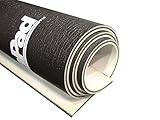
Make sure to check the maximum weight load of your door opener. Many are overpowered, so this shouldn’t really be an issue.
| Door Weight | Recommended Lifting Force |
| Up to 150 lbs | 0.25 HP or 0.33HP |
| Up to 350 lbs | 0.5 HP |
| Up to 550 lbs | 0.75 HP |
| Up to 750 lbs | 1HP |
| Over 750 lbs | 1.25 HP |
Soundproofing the Door, Windows, and Floor
These areas are fairly low priority when soundproofing a garage, but it’s worth covering them just to complete things. Other than adding weather stripping around doors and window frames, there’s not much else you’d want to do.
9. Hang Acoustic Blankets
As with the walls and main door, acoustic blankets or curtains are helpful for windows too. There’s no new information to add here, as it’s the same principle discussed above.
10. Lay Foam Mats
This is helpful if you’re soundproofing a garage for workout exercises, drums or a workshop. EVA foam mats are inexpensive and are excellent at dampening vibrations before they pass into the floor.

If you don’t want to cover the whole floor in foam mats, anti-vibration pads designed for appliances are ideal for workbenches. They can help reduce some of the noise problems associated with power tools.
Final Thoughts on Garage Soundproofing
Hopefully, this article has given you some useful tips on how to soundproof a garage for cheap.
While most of these options aren’t too pricey, you’ll have better results if you use dedicated soundproofing materials (such as mass loaded vinyl).
Even so, by using several of these solutions, you should be able to reduce noise transmission in your garage.
Have you tried any of these solutions before? Let me know in the comments if you’ve got any helpful advice.


